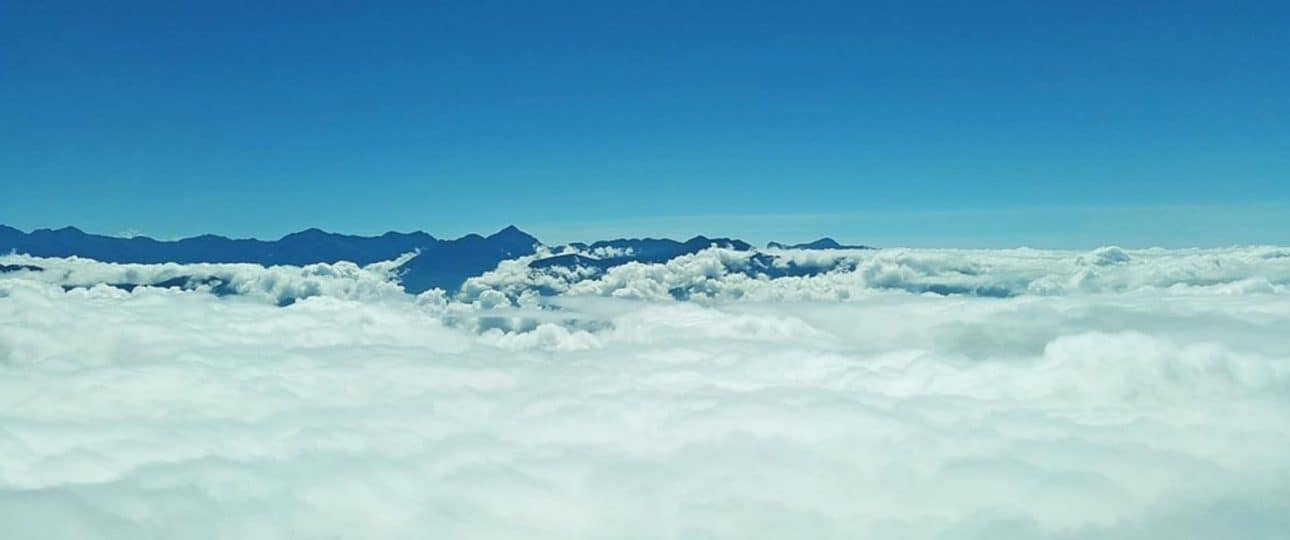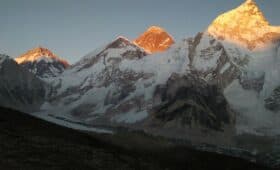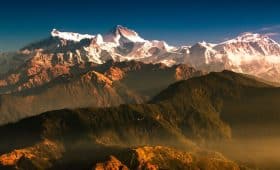Travelling is always about adventure and excitement. And, trekking in Nepal to higher altitude is no exception.
Standing and walking several thousand meters/feet above sea level, it’s as if you’re just a few more feet from heaven.
But the overall experience comes along with the risks of altitude sickness as well, so it is really important to find out about Acute Mountain Sickness – High Altitude Trekking before you start your adventure in Nepal.
Also known as acute mountain sickness (AMS), high altitude sickness refers to a set of symptoms that can slow down or even stop trekkers from reaching their dream destinations.
While it is mostly preventable, trekkers can be hit by this sickness regardless of age, gender or physical conditions.
As the altitude (height of the trail) increases on the trek, the oxygen level in the air decreases accordingly. This results in various health issues for trekkers or travelers.
Your body starts showing different altitude-related symptoms like difficulty breathing, dizziness, fatigue, headache, loss of appetite, nausea, rapid pulse, shortness of breath etc.
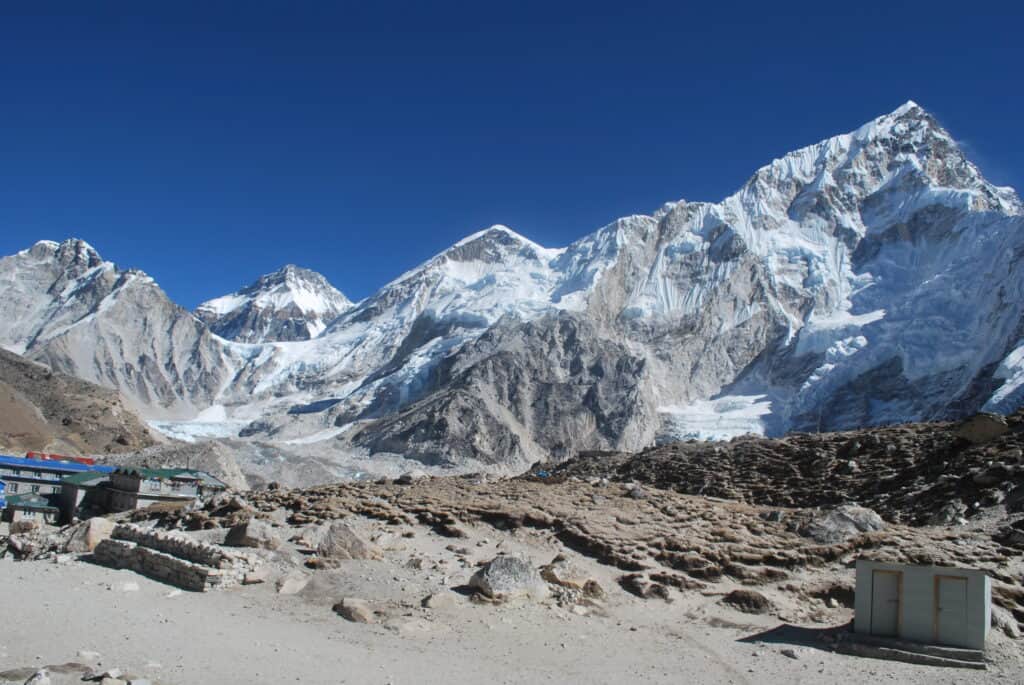
These symptoms are very frequent as you ascend further in the high altitude trekking routes. However, they are not the end of your adventurous trekking journey.
You can prevent these symptoms by getting proper knowledge about the problem and adopt the preventive measures before it hits you.
Eventually, helping you remain safe in your overall trekking in Nepal or any other high altitude trekking destination.
To ensure that you’ll have a fun and grand time during your trip and finish your adventure safe and sound, we urge all our clients or any other adventure travelers to follow these tips for treatment and prevention of altitude sickness on Everest Base Camp trek or similar high altitude trekking region.
Want more information? Send us your query, and our experts will get back to you within 24 hrs.
Table of Contents
- How to Prevent Acute Mountain Sickness – High Altitude Trekking
- 1. Know the symptoms.
- 2. Keep yourself hydrated.
- 3. Take your time in ascending.
- 4. Sleep at lower altitude.
- 5. Do wait for the symptoms out.
- 6. Come armed with medications.
- 7. Avoid coffee and alcohol before and during the trek.
- 8. Consult your doctor before trekking.
- 9. Eat right.
- 10. Make sure that everyone is properly acclimatized.
- Summary
How to Prevent Acute Mountain Sickness – High Altitude Trekking
1. Know the symptoms.
To prevent the problem, at first you must be well aware of the symptoms of altitude sickness. When you have the proper knowledge about its symptoms then only you can take immediate preventive measures.
AMS usually begins with headaches, nausea, dizziness, and insomnia. If not managed properly, a mild AMS can worsen into a condition called High-altitude Cerebral Edema (HACE).
In this condition, the trekker’s brain tissues swell due to leakage of fluids.
HACE includes symptoms like loss of memory, hallucinations, disorientation and weakness. Another severe form of altitude sickness is High-altitude Pulmonary Edema (HAPE) which is caused by fluids that gather into the lungs.
HAPE is manifested by constant vomiting, blurred vision, persistent coughing, and irrational behavior. Do not take these symptoms lightly and inform your guide right away.
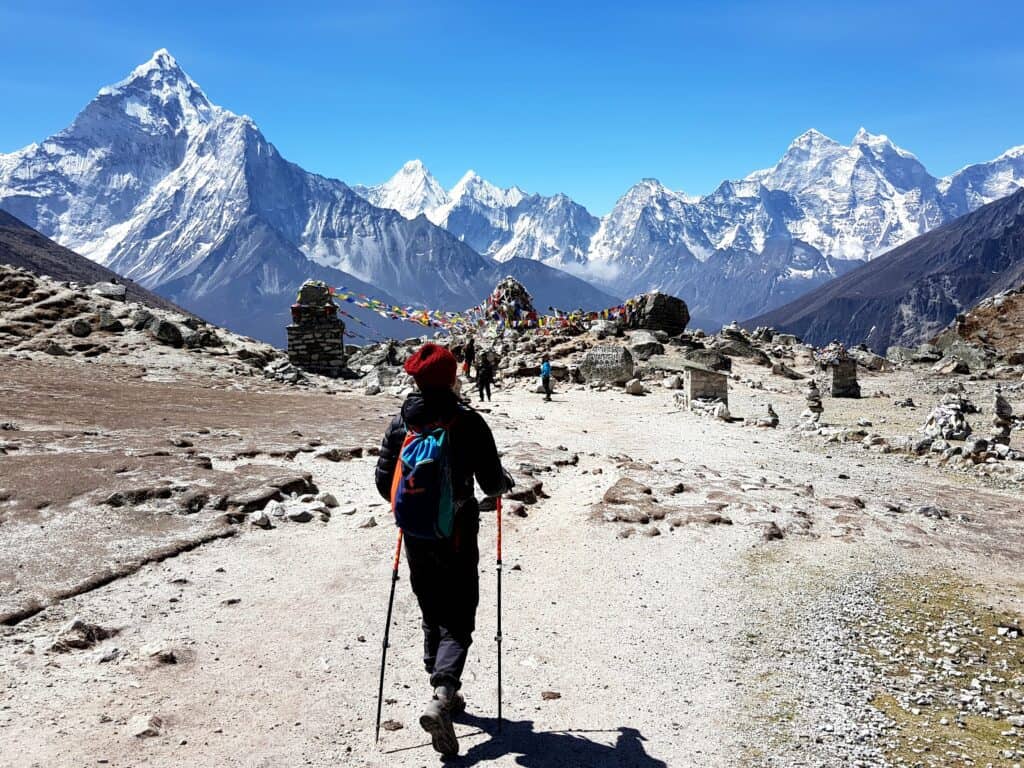
2. Keep yourself hydrated.
Hydration is a must to keep yourself healthy and moving in the higher regions. You need to keep your body hydrated and replenish lost fluids even before you start trekking at higher altitudes.
The first signs of AMS are similar to dehydration, but whatever the case, continue drinking water. You should start with at least 3 liters of water and increase the intake as you increase the altitude.
3. Take your time in ascending.
Trekking is not a race. It is an experience.
The only way to acclimatize your body with altitude as you go up is to ascend slowly. Increase your altitude by only 1,000 feet trek per day after reaching the 8,000 feet mark.
Allow your body to acclimatize with altitude by spending the night there. On a typical Everest Base Camp Trek, we acclimatize at Namche Bazaar and Dingboche to prepare your body for higher altitude.
4. Sleep at lower altitude.
It may not make sense for you to go down on lower altitude after gaining some, but sleeping on lower altitudes helps your body get its much needed acclimatization. And, prepares you up for the next day’s trek.
5. Do wait for the symptoms out.
Don’t rush and force yourself to increase altitude if you’re already beginning to feel the symptoms of high altitude sickness.
If the symptoms do not improve in the course of 12 hours or if they begin worsening, you need to descend immediately and properly acclimatize before attempting to go ahead.
6. Come armed with medications.
Mild forms of altitude sickness can easily be managed by medication. Our guides bring these medications in their kits during the trek, but we also urge you to keep them handy as well.
You can take ibuprofen for headaches while altitude sickness can generally be treated with acetazolamide and Dexamethasone.
Medications for Everest Base camp trek, Mount Kilimanjaro or any other related high altitude trekking are pretty much similar.

7. Avoid coffee and alcohol before and during the trek.
Coffee and alcohol can be vicious in causing you dehydration and dehydration can inhibit proper acclimatization.
Alcohol and other depressant drugs can also decrease respiratory functions. Plus, it worsens the symptoms of AMS.
8. Consult your doctor before trekking.
Some pre-existing conditions can make trekking at high altitudes even more difficult for you.
It is best to consult with your doctor and discuss your trekking plans with him in order to get medical advice.
Please refrain from trekking at high altitude if you are pregnant.
9. Eat right.
Studies show that carbohydrates improve energy and performance. They also help alleviate symptoms of high altitude sickness.
Eat plenty of carbohydrates like bread, pasta and potatoes before and during your trek. Fortunately, you have access to plenty of good food during a mountaineering trip in Nepal.
10. Make sure that everyone is properly acclimatized.
You’re likely to be trekking with a group of people and rates of acclimatization can vary per individual. Make sure that everyone has acclimatized properly before moving on to the higher ground.
If you or any member is exhibiting signs of altitude sickness, inform your guide right away. Do not move up any further until everyone is fit enough to continue the trek.
Summary
We at Mosaic Adventure have your best interest at heart. Please note that altitude sickness starts out with mild symptoms, but they can worsen and potentially become life-threatening if not managed properly.
Do inform our guides right away if you feel the first signs of acute mountain sickness.
Want more information? Send us your query, and our experts will get back to you within 24 hrs.

Madhav started working as a porter in 2001 and then moved on to work as a trekking guide. After working in the trekking and tourism industry for eight years, he co-founded Mosaic Adventure in 2009.
Madhav has trekked to most of the trekking destinations in Nepal, including Everest Base Camp Trek, Annapurna Base Camp, Annapurna Circuit Trek, Poon Hill Trek, Jomsom Muktinath Trek, Indigenous Peoples Trek, Langtang Valley Trek, Mardi Himal Trek, and all of the day hikes around Kathmandu.
He has also extensively traveled to other countries such as Australia, the USA, the UK, France, Hong Kong, Japan, China, the Philippines, the UAE, Saudi Arabia, Bahrain, Thailand, Turkey, and India. Madhav is the one who answers most of your questions about trekking and tours and helps to plan your trip by giving a personal touch.

